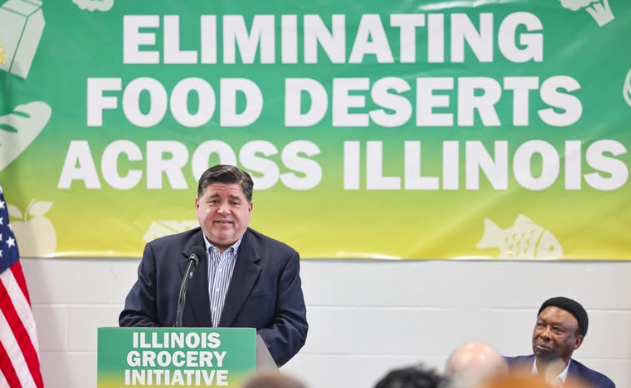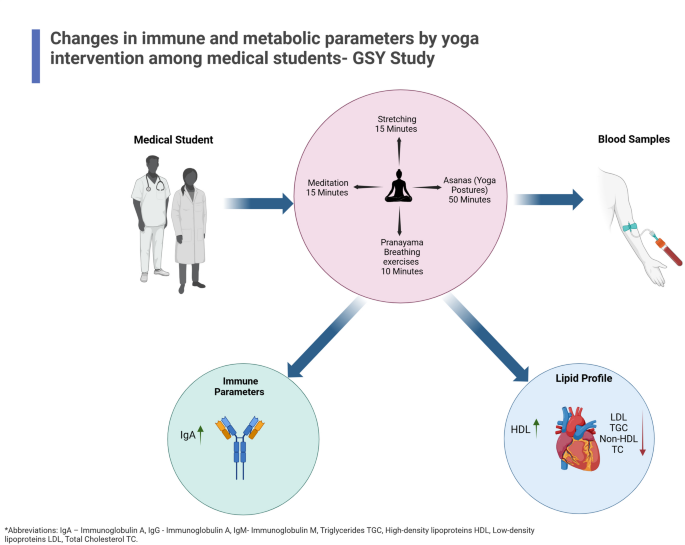Summary
Close Get email notifications on {{subject}} daily!
Your notification has been saved.
There was a problem saving your notification.
{{description}}
Email notifications are only sent once a day, and only if there are new matching items.
Source: WAND-TV

AI News Q&A (Free Content)
Q1: What is the Illinois Grocery Initiative and how does it aim to address food deserts in the state?
A1: The Illinois Grocery Initiative is a state program launched in 2023 to mitigate food deserts across Illinois. It consists of two key grant programs: the Food Deserts Grant and the Equipment Upgrades Grant Program. This initiative aims to provide fresh and affordable food to underserved areas by funding new grocery stores and supporting small business growth, thereby boosting local economies. The initiative has already allocated $18.1 million statewide, including $16.5 million for new grocery stores and $1.6 million for equipment upgrades. The latest project under this initiative is the groundbreaking of a new grocery store in Venice, Illinois.
Q2: How do food deserts impact community health and what are some of the structural barriers they create?
A2: Food deserts are areas with limited access to affordable, nutritious food, often leading to poor diet quality and associated health issues such as higher rates of obesity, diabetes, and cardiovascular disease. These areas are typically low-income and lack transportation, making them less attractive for large supermarkets. Residents often rely on processed foods high in sugar and fats, contributing to health risks. Structural barriers include food accessibility, affordability, and socio-economic constraints, which exacerbate the challenges of maintaining a healthy diet.
Q3: What recent developments in retail innovation are being applied in the new Venice grocery project under the Illinois Grocery Initiative?
A3: The new Venice grocery project under the Illinois Grocery Initiative incorporates retail innovations such as modernized equipment and infrastructure improvements funded by the Equipment Upgrades Grant Program. This approach aims to enhance the efficiency and sustainability of food supply chains in underserved areas. By supporting small, independent grocers, the initiative fosters local job creation and business growth, encouraging a sustainable economic model tailored to overcome the challenges of food deserts.
Q4: How does the concept of food swamps differ from food deserts, and what role does this play in obesity-related health conditions?
A4: While food deserts are characterized by a lack of access to fresh foods, food swamps refer to areas with an abundance of fast-food restaurants compared to supermarkets. This high concentration of unhealthy food options significantly affects dietary behaviors and contributes to obesity-related health conditions more than food deserts alone. The presence of food swamps exacerbates challenges by increasing the availability of calorie-dense, nutrient-poor foods, leading to long-term health risks, including higher mortality from obesity-related cancers.
Q5: What are some of the criticisms of focusing primarily on geographical proximity in defining food deserts?
A5: Critics argue that focusing solely on the geographical proximity of grocery stores does not accurately reflect the purchasing habits of households and obscures other causes of poor diets. Factors such as food affordability, nutritional education, and socio-economic conditions play crucial roles in food security. Moreover, merely increasing the number of grocery stores does not necessarily improve the nutritional quality of food consumed if affordability and education are not addressed.
Q6: How does the research paper 'Application of Clustering Analysis for Investigation of Food Accessibility' contribute to understanding food deserts?
A6: The paper 'Application of Clustering Analysis for Investigation of Food Accessibility' utilizes clustering techniques to identify regions with inadequate food assistance and proposes ways to improve accessibility. By analyzing the demographics and geography of food assistance programs, it highlights the importance of targeting food assistance deserts and suggests more efficient resource management by food banks to address food insecurity. This research underscores the need for strategic interventions in underserved areas to enhance food accessibility.
Q7: What role do governmental policies play in combating food deserts, as discussed in the context of the Illinois Grocery Initiative?
A7: Governmental policies, such as those implemented through the Illinois Grocery Initiative, play a pivotal role in combating food deserts by providing financial support and infrastructure development for new grocery stores in underserved areas. These policies aim to improve access to healthy, affordable food and stimulate local economies. By addressing socio-economic factors and enhancing food affordability, such initiatives contribute to reducing food insecurity and improving public health outcomes in affected communities.
References:
- IL Grocery Initiative expands access to fresh food with new Venice grocery project - WAND-TV
- Gov. JB Pritzker breaks ground on new grocery store in Venice
- Belt celebrates groundbreaking at Venice store
- Food desert - Wikipedia
- Application of Clustering Analysis for Investigation of Food Accessibility





